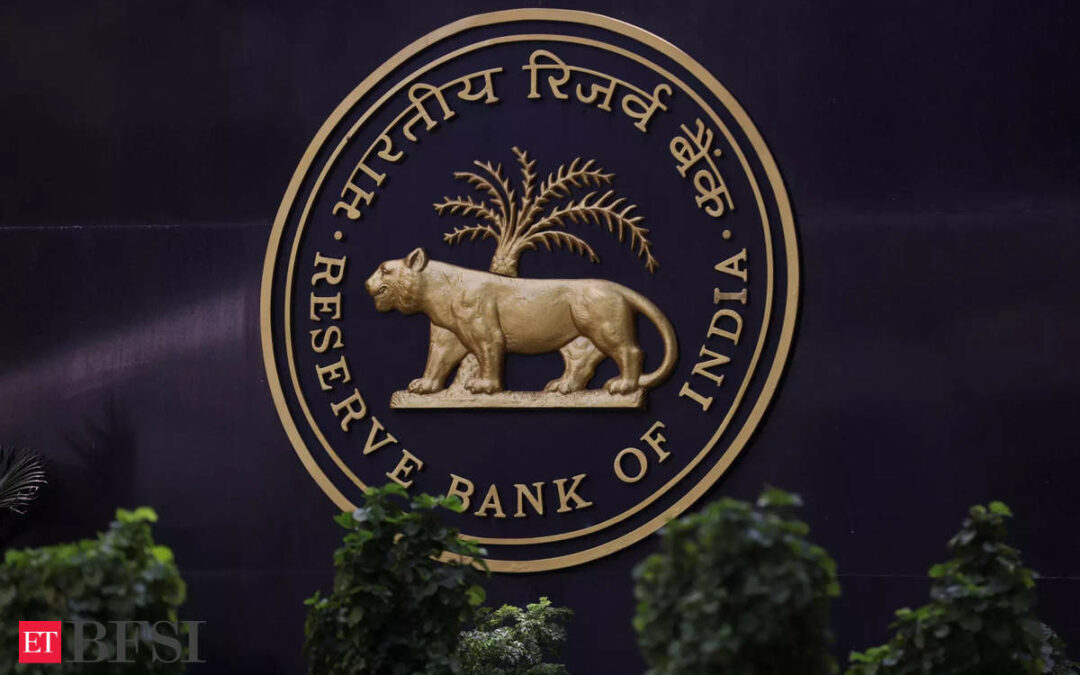The Reserve Bank of India on Tuesday released a report recommending changes in methodology of the Mumbai Interbank Outright Rate (MIBOR) while proposing a change to a new secured money market benchmark for widely used derivative products.
In the report of the committee on MIBOR Benchmark released by the RBI on Tuesday, the central bank made four recommendations related to the MIBOR and MIBOR-based overnight indexed swaps (OIS). The OIS derivative product, which counts government bond yields as the underlying, is the principal financial market tool for hedging interest rate risk in India.
Comments on the report are invited by November 15, the RBI said
The report recommended that the Financial Benchmarks of India Limited (FBIL) may change the methodology for computation of MIBOR to include call money transactions based on the first three hours instead of the first hour.
The report has also suggested that the FBIL develop and publish a benchmark based on the secured money market – Secured Overnight Rupee Rate (SORR), computed from trades in the first three hours of the basket repo and the TREP (tri-party repo) segments. The call money market is uncollateralised, while the basket repo and TREPs segments are collateralized.
Alongside, the report said that the Fixed Income Money Markets and Derivatives Association (FIMMDA) may draw up operational guidelines and market conventions for transactions in interest rate derivatives based on the SORR.
The transition to a proposed SORR-based interest rate derivative from the MIBOR-OIS may be considered only when reasonable liquidity develops in the new derivative product, the report said, adding that in the interim, market players may continue using products based on both benchmarks.
“In India, as well as internationally, there has been a structural change in the funding markets, with the collateralised money markets gaining importance; prompting interest rate benchmarks such as the Secured Overnight Financing Rate in the United States, Swiss Average Rate Overnight in Switzerland, among others, gaining prominence in the post-LIBOR world,” the report said.
The report noted that the prevailing method of calculating the MIBOR based on call money deals executed in the first hour after market opening, is based on a narrow window of transactions and that there has intentionally been a shift to alternate benchmark rates with wider participant bases. Consequently, it is proposed to set up a committee to undertake an in-depth examination of the issues, including the need for transition to an alternate benchmark, and suggest the most appropriate way forward.
Recommendations related to interest rate derivatives include gradual access of non-residents to onshore rate derivatives markets beyond MIBOR-OIS for purposes other than hedging. Sectoral regulations for NBFCs, mutual funds and insurance companies amongst others may be reviewed while banks may review the possibility of pricing small ticket loans based on market-determined benchmarks, including term benchmarks.










